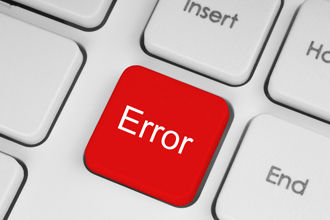
According to a recent report, a data entry error led to the progressive conservative candidate Gila Martow being declared to have lost to her opponent Ms. Yeung Racco by 85 votes. However, after an official tabulation of votes it was found that Ms. Martow had actually received eighty-five votes more than Ms. Yeung Racco. 21, 868 ballots had been cast for Ms. Martow and 21, 783 for Ms. Yeung Racco.
Errors in documentation can have serious consequences, and are therefore best avoided. The common reasons for erroneous entry of information are:
- Entering words in place of numbers
- Entering multiple values in a column/cell
- Copying errors like 0 entered as ‘o’
- Transposition errors – 19 will be wrongly entered as 91
- Range errors – responses outside the range of possible answers
Even though data entry errors cannot be eliminated completely, adopting certain measures can prevent them to a certain extent.
- During data capture, check for completeness and legibility of data
- Check for range errors, so as to avoid inappropriate results like age greater than 110
- Mechanism for validation of entered data
However detecting data entry errors is not very easy. Relying on histograms or frequency tables is not a permanent solution. It is better to implement a mechanism with advanced methods such as double data entry.



